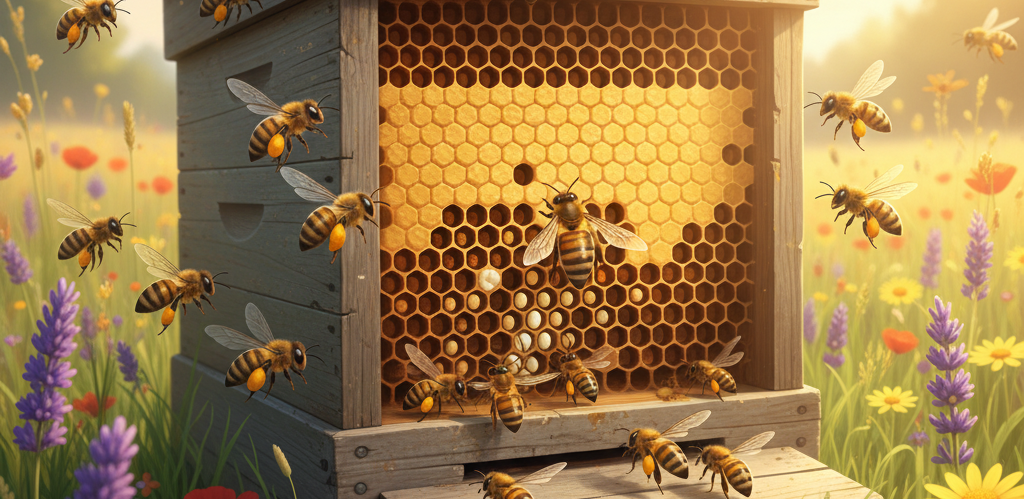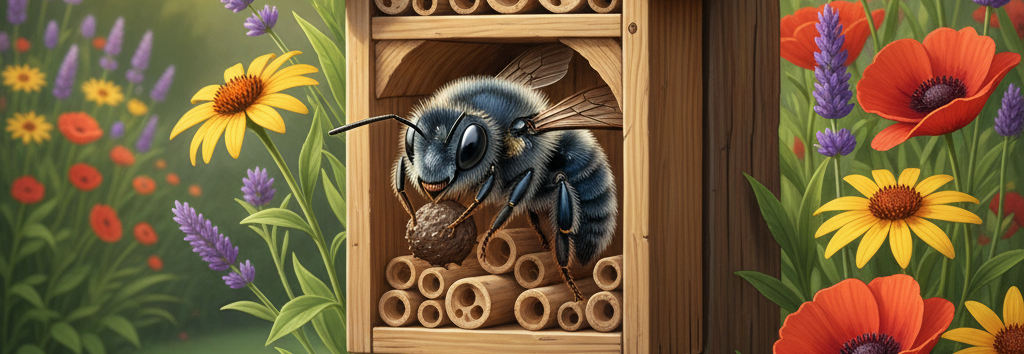Bees, the industrious architects of nature’s pollination system, play a vital role in ecosystems and agriculture, supporting one-third of the world’s food supply through their tireless work. These fascinating insects, with over 20,000 species worldwide, from the familiar honeybee to solitary wild bees, offer lessons in cooperation, adaptation, and survival. As pets & animals enthusiasts increasingly turn to beekeeping as a hobby, understanding bees highlights the importance of conservation amid declining populations due to habitat loss, pesticides, and climate change.

Evolutionary History and Social Structures
Bees evolved from wasps around 120 million years ago, shifting from predatory to pollen-based diets. Social species like the Western honeybee (Apis mellifera) form colonies of up to 60,000 individuals, with a queen, workers, and drones. The queen lays up to 2,000 eggs daily, while workers handle foraging, nursing, and hive maintenance through intricate “waggle dances” to communicate food sources— a behavior decoded by Karl von Frisch, earning him a Nobel Prize in 1973.
Solitary bees, such as mason bees, live independently, nesting in soil or wood, and are efficient pollinators for gardens. Geographically, bees thrive in diverse habitats: bumblebees in cooler temperate zones, stingless bees in tropical Americas, and carpenter bees in woodlands globally. Their biology includes compound eyes for ultraviolet vision, aiding flower detection, and pollen baskets on hind legs for transport.
Bees as Pets and in Human Culture
Beekeeping, or apiculture, dates to ancient Egypt around 2400 BCE, where hives were used for honey and wax. Today, urban beekeeping booms in cities like New York and London, with rooftop hives promoting biodiversity. As “pets,” bees require minimal daily care but demand knowledge of hive health, varroa mite control, and swarm management. Hobbyists harvest honey ethically, often leaving enough for the colony’s winter survival.
Culturally, bees symbolize diligence in folklore—think Aesop’s fables—and feature in modern media like the animated “Bee Movie.” Their products, from honey’s antimicrobial properties to beeswax in cosmetics, underscore their value. However, responsible pet ownership means avoiding invasive species introductions and supporting native pollinators through wildflower planting.

Conservation Efforts and Threats
Bee populations have plummeted 25-50% in some regions, per UN reports, due to colony collapse disorder, neonicotinoid pesticides, and monoculture farming. Initiatives like the EU’s pollinator strategy and U.S. Pollinator Health Task Force promote habitat corridors and pesticide bans. Citizen science apps like Bumble Bee Watch enable tracking, while organic farming boosts bee-friendly practices.
For animal lovers, adopting “bee hotels” for solitary species or joining local apiary clubs fosters engagement without full commitment.
Bees’ Role in a Changing World
In an era of environmental awareness, bees remind us of interconnectedness—pollinating crops like almonds, apples, and coffee. Future research into bee genomics could enhance resilience, while robotic pollinators supplement but never replace them.
Whether as wild wonders or managed companions, bees enrich our world, urging protection for these tiny heroes.
